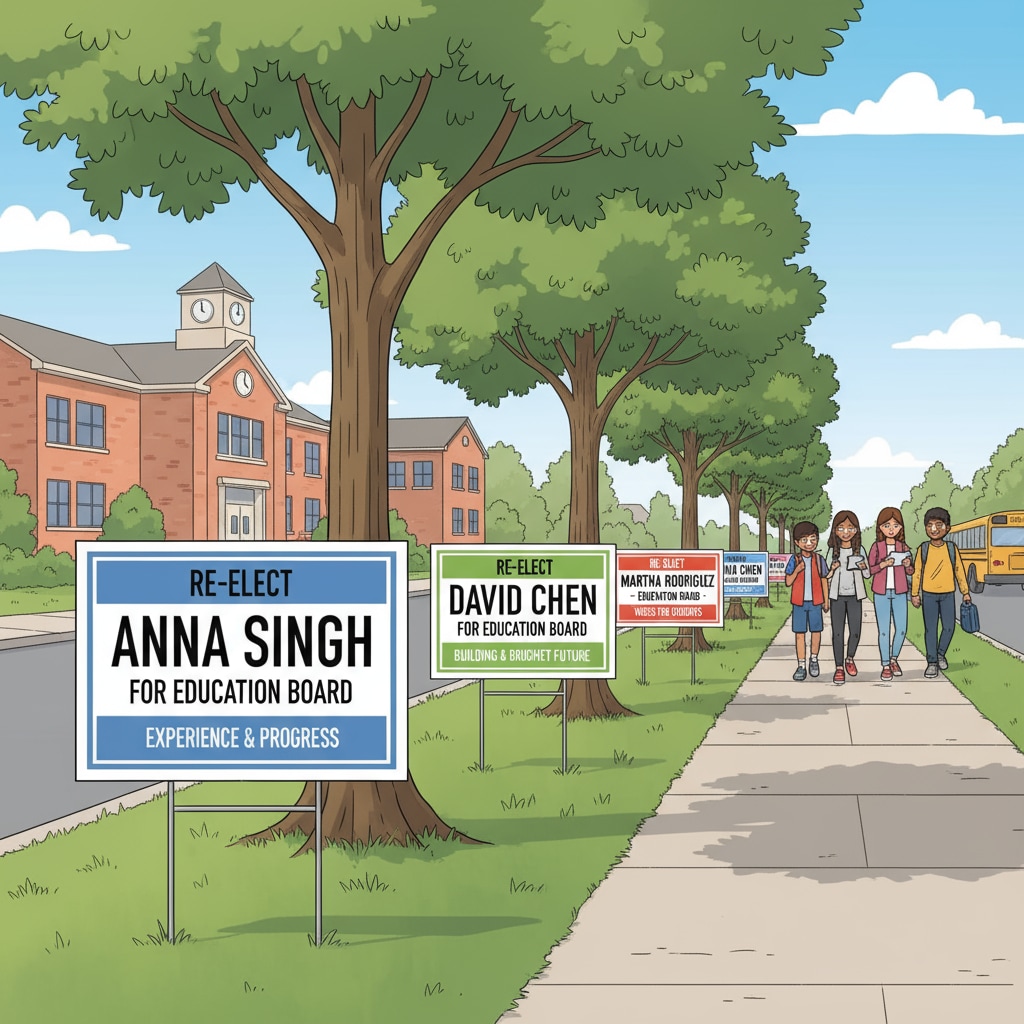The election of education boards, political civility, and campaign signs have become intertwined in a concerning narrative that reflects the current state of educational governance. The recent events in New Jersey’s education board elections are a wake-up call, highlighting a deep-seated crisis. Campaign signs, which are supposed to be a simple means of promoting candidates, have instead become symbols of a much larger problem – the erosion of political civility in the context of education board elections.

The Rising Tide of Political Polarization
Political polarization has seeped into every aspect of society, and education board elections are no exception. As Education policy on Wikipedia shows, these elections, which were once focused on educational excellence and the well-being of students, are now battlegrounds for broader political agendas. Different ideological groups are using these elections to push their own views, creating a divisive environment. For example, candidates with opposing views on curriculum, such as the inclusion of certain topics in textbooks, are at odds with each other. This polarization leads to a breakdown in communication and cooperation among board members, which is crucial for making sound educational decisions.
The Decline of Political Civility
The decline of political civility in education board elections is a worrying trend. Instead of engaging in respectful debates about educational policies, candidates and their supporters are resorting to personal attacks and unethical behavior. Campaign signs are often used as a tool to spread negative messages about opponents. This not only undermines the integrity of the election process but also sets a bad example for the students who are the future of our society. According to Education on Britannica, a civil and respectful environment is essential for the healthy development of an education system. When this civility is lacking, it becomes difficult to focus on the real issues at hand – improving education for all students.

The implications of this trend are far-reaching. For the K12 education system, it means that important decisions about curriculum, teaching methods, and resource allocation may be hindered. If board members cannot work together due to political differences, it becomes challenging to implement effective educational reforms. Moreover, for the next generation of citizens, witnessing such uncivil behavior in the context of education can have a negative impact on their perception of democracy and the importance of respectful dialogue. In addition, it may discourage them from getting involved in community affairs and politics in the future.
Readability guidance: As we’ve seen, the issues of political polarization and the decline of civility in education board elections are complex. By using shorter paragraphs and lists, we can better understand the key points. For instance, the negative impacts can be listed as hindrance to educational decisions, negative influence on students’ perception, and discouragement of future involvement. This way, we can keep the focus on the main problems and work towards solutions.


